
OUR VERDICT
The Moto 360 Sport has a screen to envy and better sports skills than most smartwatches, but its battery life is lacking and as a tracker it still can’t compete with fitness wearables.
FOR
- GPS and easy run tracking
- Smart screen tech
AGAINST
- Poor battery life
- Unreliable HR sensor
- No multi-sport tracking
Update: Moto’s sportier take on the regal 360 has earned a spot on our list of best Android Wear smartwatches. Its rugged build, built-in GPS and rather affordable price make it an easy choice for fitness-focused people. You may struggle to find it now though considering Google isn’t selling it directly now.
The Moto 360 Sport looks like a ‘sporty’ version of the Moto 360 (2015), but it’s much more than that. This is only the second Android Wear watch to have GPS, and the tech is much better implemented than it was in the first, the Sony Smartwatch 3.
It also has a new kind of screen – and it’s one that we’re likely to see plenty of others emulate in the future because it works so well on a smartwatch, with its style changing depending on how bright the conditions are.
However, it doesn’t have the good looks of the Moto 360 (2015), and for the price you can get a much better run-tracker. It marks progress, but not quite enough to make jaws drop.
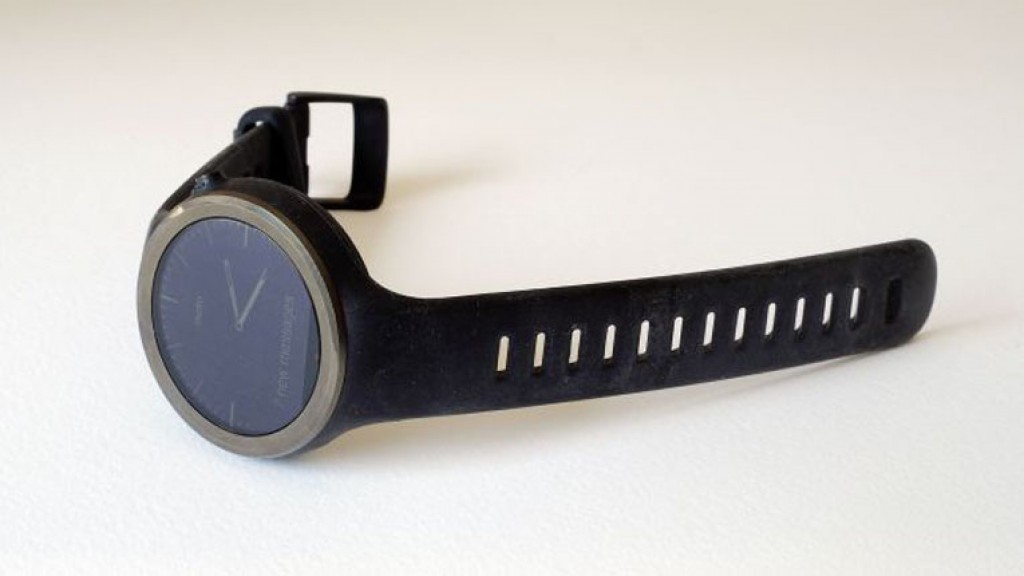
Moto 360 Sport price and release date
The Moto 360 Sport now costs $199 (£150, around AU$292), which makes it a lot more palatable than its launch price. It originally launched at £219/$299 (around AU$359), which is more where you’d expect a high-end Android Wear smartwatch to land.
Google has now dropped the Moto 360 Sport from its Play Store selection, so you’ll have to search around some third-party retailers to be able to grab Motorola’s sportier watch.
Design and features
Motorola’s smartwatches are usually very pretty, style-oriented things. At launch the original Moto 360 seemed an almost sci-fi take on the smartwatch, while the Moto 360 (2015) brought it into the present with a more practical – frankly more normal – yet still stunning look.
The Moto 360 Sport is different, though. While the round screen and dimensions are comparable to its predecessors, this watch looks plainer and more ordinary.
It has a chunky rubber strap built in, and you can’t swap it for something sleeker or slimmer; the design inspiration is less Cartier, more TomTom Runner. There’s nothing wrong with that when this is meant to be a smartwatch/runner’s watch hybrid, but the strap design could be a bit smarter.
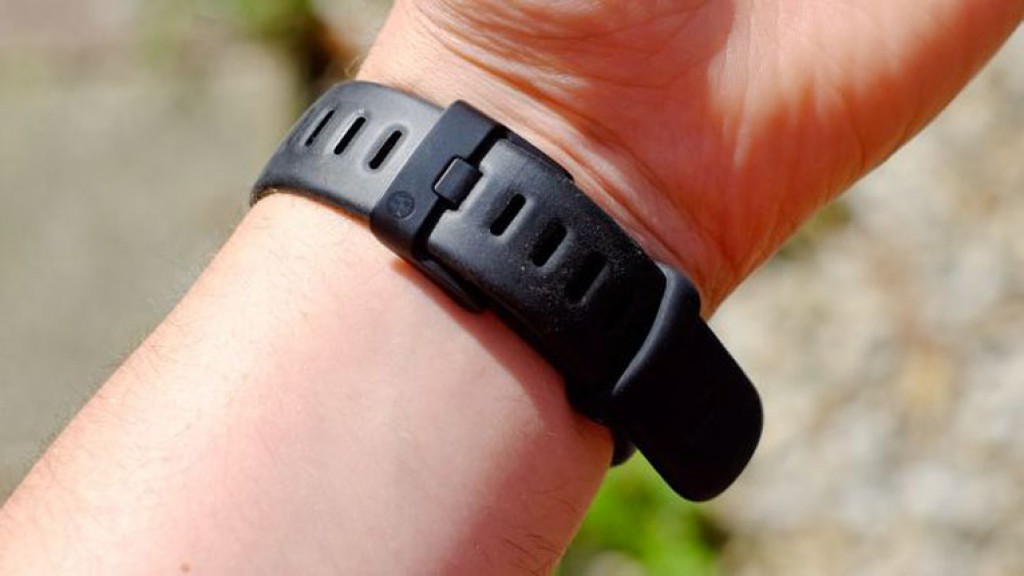
Motorola has peppered the strap with ventilation holes, but the silicone used doesn’t feel anywhere near as nice as that used in, for example, the Garmin Fenix 3. This is higher-friction material, with a more rubbery feel; it’s not flat-out uncomfortable, but it picks up a lot of dust and dirt, and causes undue marks and sweating on my wrist when it’s done up as tightly as it needs to be for the heart rate sensor to work.
You can tell that Motorola hasn’t been working with rubber watch strap designs for as long as more established sports watch makers – but it’s not as comfortable as the Moto 360 (2015) either.
The Moto 360 Sport is certified to IP67 standard, meaning you can wear it in the shower – I have, and it’s still working. However Motorola says it’s not meant to be used while swimming.
To quote the Motorola website: “Withstands immersion in up to 3 feet of fresh water for up to 30 minutes. Not designed to work while submerged underwater. Do not use while swimming, or subject it to pressurized streams of water.”
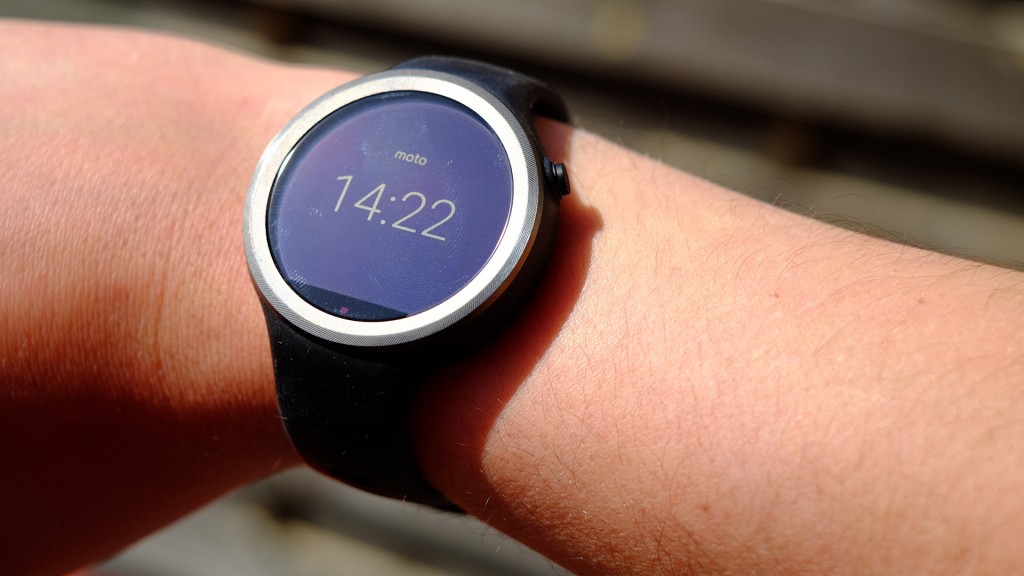
If there’s a major design win for the Moto 360 Sport it’s that it doesn’t attract too much attention. Wearing the Sony SmartWatch 3 earned me flat-out ridicule from friends, while this device barely got a reaction at all. People are more accustomed to smartwatches these days, sure, but this is also a pleasantly innocuous visual design.
The two slightly awkward features of the design are only noticeable on closer inspection. First, there’s a plastic cut-out in the rubbery side, which is where the mic lives, and second, Motorola still uses the same ‘flat tire’ screen style as on other Moto watches.
This looks pretty bad if you’re flicking through Android Wear’s white-background apps menu, or if you use a white clock display, but in other respects the screen is unusually good.
Display
The Moto 360 Sport has what Motorola calls an AnyLight display, and it’s pretty clever. This looks like a normal LCD display when you’re actively using the watch in normal light, but switches to a Pebble Time-like transflective style when it’s very bright, or when the watch is idle and just displaying the time.
I’ve found this to be a near-perfect combo, at least in terms of how the screen looks. It doesn’t seem dim or colour-sapped indoors, like a Garmin Fenix 3 or Pebble Time Steel, and is entirely clear when you’re running, or when you just want to check the time, outside on a sunny day.
The Moto 360 Sport switches between its two screen styles abruptly – there’s no half-way setting, but it chooses the right point to switch over, and does so without any awkward delays. This AnyLight ‘switching’ screen is the one good excuse for the screen cut-out down the bottom, as it’s where the ambient light sensor lives.
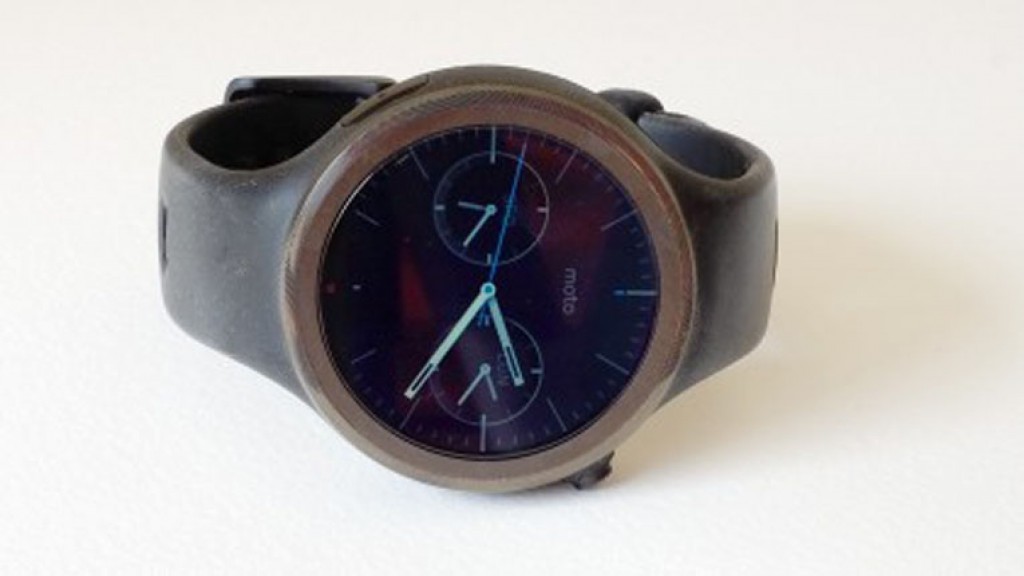
One issue with AnyLight is that when it switches to the ‘outdoors’ display, which feeds off ambient light rather than a backlight, it’s very nearly monochrome. The tone is sepia-tinged, with just the slightest suggestion of color tones, but it’s nothing like the colors you get with a Pebble Time.
After struggling to see the time at all on a normal LCD Android Wear watch in the past, though, this is a big improvement.
Along with the battery life, the other major performance caveat is that the Moto 360 Sport’s tracking is rather basic compared with a sports watch costing half the price. With so few Android Wear watches offering GPS, the big running apps have, sensibly, not piled thousands of hours into making their Android Wear apps work well without a phone attached.
Runkeeper does, but the UI still plays as though it’s piggy-backing off a phone, which isn’t really good enough.
For now your best bet is to use the Moto Body Running app, which comes pre-installed. This lets you choose between running indoors or outdoors, the former mode using accelerometer data and the latter using GPS. You can then choose either a workout goal in distance or calories, or select quick start to ‘free’ run.
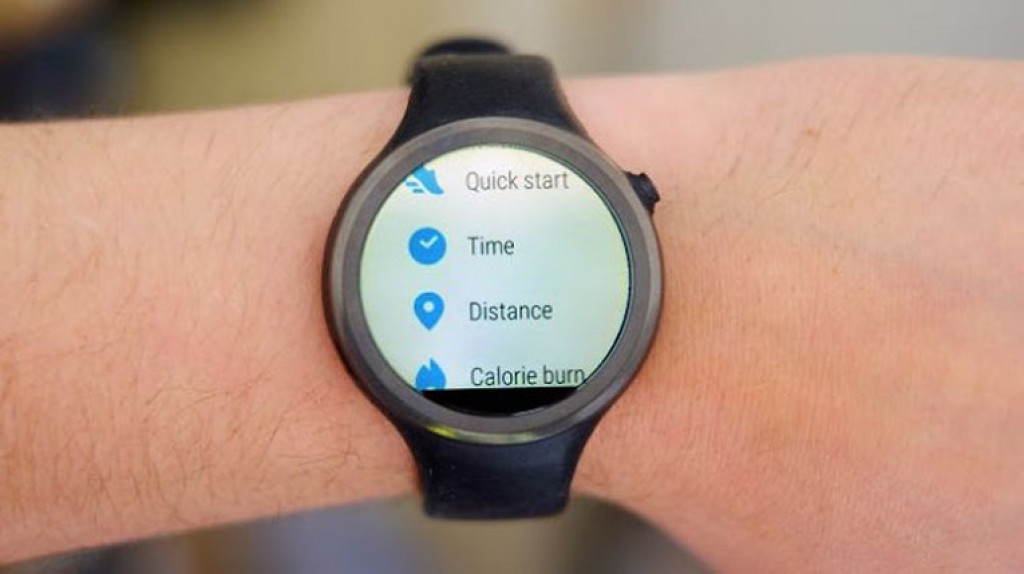
As you run you can check your pace, how far you’ve run, how fast your heart is beating and your split times. There are no multi-sport functions, and no tracking of more advanced metrics like VO2, but I can imagine this being a good fit for the 5K weekend runner who wants more than what a ‘dumb’ fitness tracker has to offer.
It’s easy, it’s quick and the Moto 360 Sport also hooks onto GPS satellites very quickly, usually in well under 30 seconds in my experience – it seems that Motorola uses both a faster and less power-sapping GPS chip than Sony does in the SmartWatch 3.
Run data is transmitted to the Moto Body app on your phone, from where you can look at maps of your route, pace graphs and even check your heart rate throughout the workout. It’s not bad.
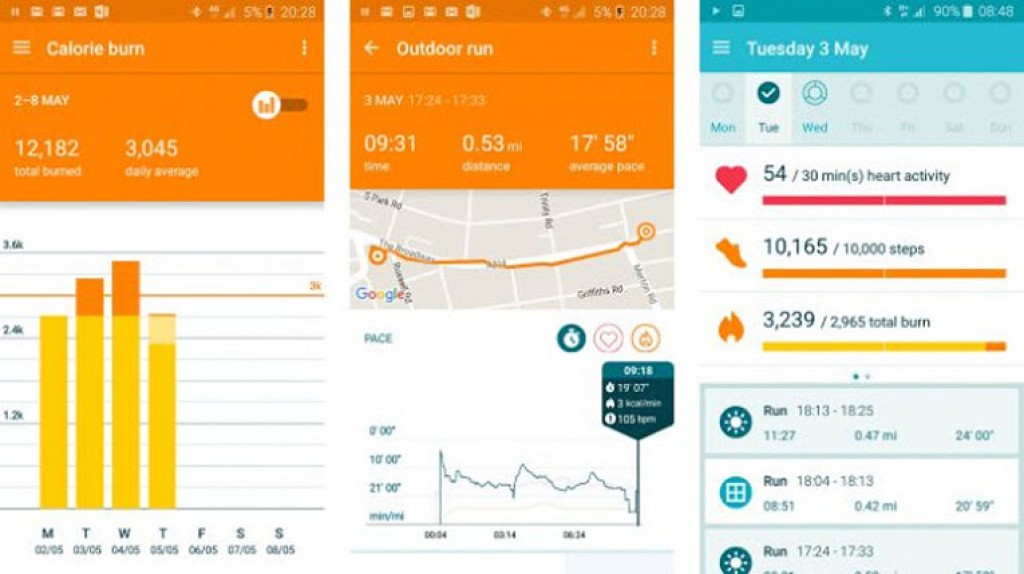
The Moto 360 Sport’s software won’t be enough for everyone, though, particularly as you’d have to log cycle rides and walks as ‘runs’, but it’s doing the trick for me.
Motorola’s issue is that while the running watch market is fairly mature, the runner’s Android Wear smartwatch market is not, and you feel this in both the hardware and the software.
GPS tracking accuracy is decent but not mind-blowing. It might put you on the wrong side of the road, for example, but your total distances and speed figures should be fairly accurate. It’ll certainly blow any Fitbit-style device out of the water as a training device.
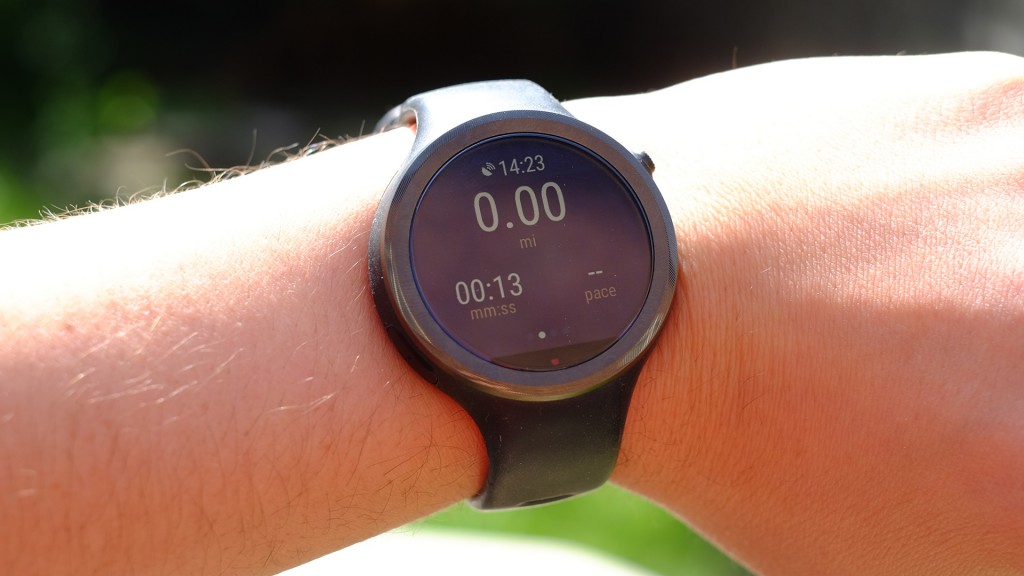
However, the heart rate sensor is poor, as is the norm for Android smartwatches. It works well enough if you’re perfectly still, but as soon as you start moving its accuracy plummets.
The Running app tries to get around this by using an intense predictive algorithm that seems to have as much say over the reading as the sensor itself. This enables it to produce post-workout graphs that look about right, but comparing the results to those of a sensor at the gym shows the results are consistently off.
It’s about as good as the heart rate sensor of any Android Wear watch: not very.
Software and specs
Aside from all the bonus fitness features, the Moto 360 Sport seems much like any other Wear watch in use. The UI is determined by Google, and the watch face selection is much the same as on other Moto watches – I’ve been using the default sporty one, but you can switch to a more conventional one with a quick gesture if you prefer.
The Moto 360 Sport has a Snapdragon 400 quad-core 1.2GHz CPU, 512MB of RAM and 4GB of storage. This gives you enough space to store a few music tracks if you want to listen to some tunes while running, though you’ll need Bluetooth headphones for this, of course.
It also has Wi-Fi, enabling the watch to receive notifications even if it’s not in range of your phone.

With core hardware just like much of the recent competition, Android Wear feels fairly responsive here. However, after being spoilt with the intuitive speed and simplicity of Android Marshmallow in phones, it’s a shame Google’s watch software hasn’t progressed more in the past year.
It’s still a gesture-heavy, not 100% responsive system that can feel fiddly as soon as you try to do anything more than just checking out the latest notification beamed over from your phone. This applies to all Android Wear watches, of course.
I’ve still had a pretty good time using the Moto 360 Sport, but predominantly just for notifications and occasional tracking of gym sessions, runs and walks.
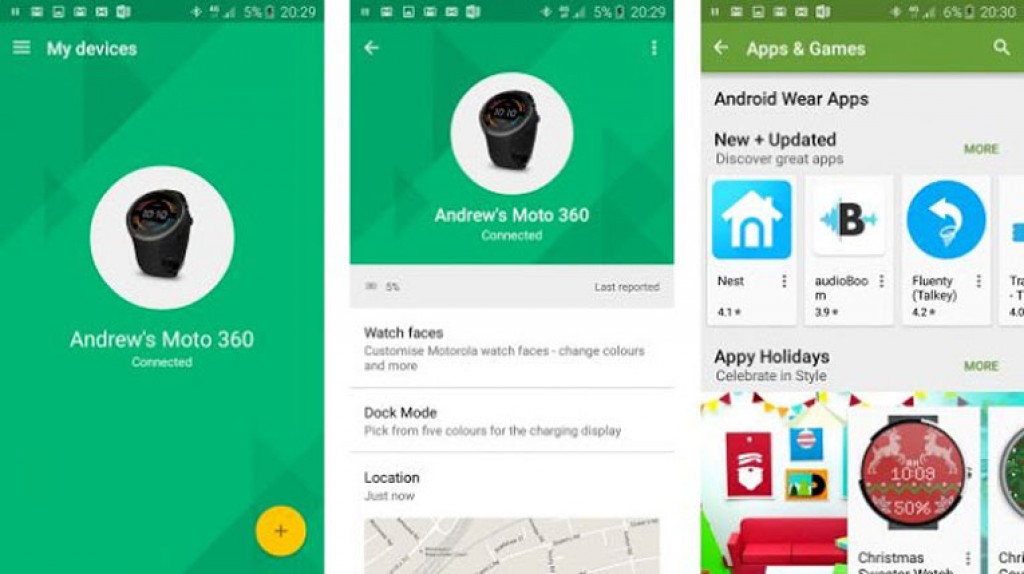
As ever with an Android Wear device, only Android phone users should seriously consider buying a Moto 360 Sport. iOS support is fair, but the features available in third-party apps will be limited. There’s also no version of Moto Body for iOS at the time of writing, making the Sport pretty rubbish as a run tracker.
Battery life
The great thing about some transflective displays is that they use very little power. However, AnyLight doesn’t seem to do the Moto 360 Sport’s stamina any favors. You’ll get a day’s use out of a charge if, say, you map a 20-minute run, or a day and a bit if you don’t.
Quite a few Android Wear watches manage to last for two days even without any miraculous battery-saving tech, making the Sport’s performance in this respect pretty depressing.

The Moto 360 Sport has a 300mAh battery, as in the Moto 360 (2015), and you’ll need to charge it every day. This involves putting the Moto 360 Sport onto a Qi wireless charging dock seat, similar to the one used by other Motorola watches.
With GPS in use the Moto 360 Sport will last for around four hours, which is going to be enough for most 5K weekend runners, but not for cyclists, hikers or serious runners. The £100/US$90/AU$150 TomTom Runner lasts for 10 hours of GPS tracking, making it suitable for even the slowest of marathon runners.
If you’re looking for a running watch, the Moto 360 Sport may not be for you. Here are some of the competitors you may want to choose instead.
Microsoft Band 2
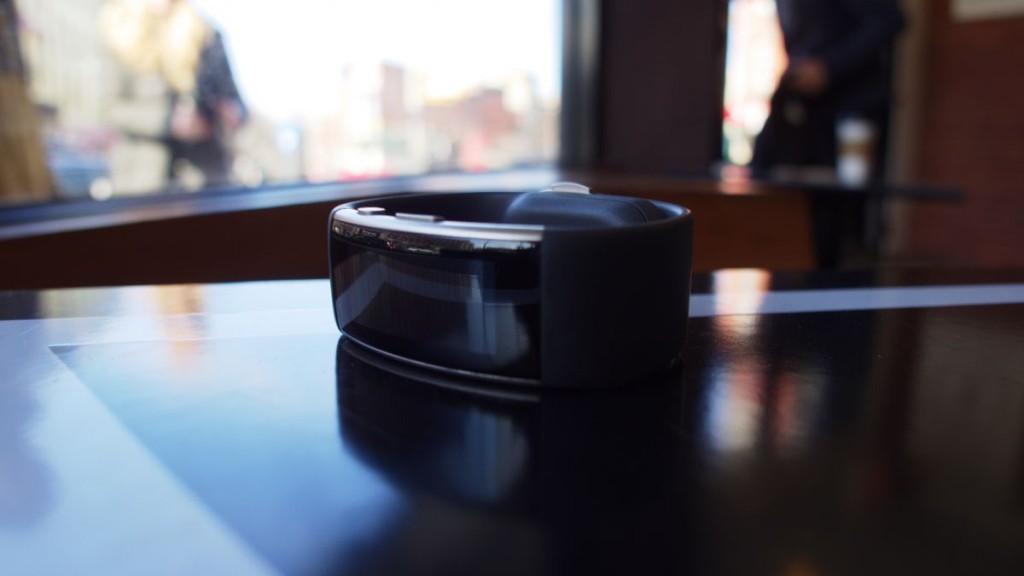
Microsoft’s latest wearable device may be a better choice for you than the Moto 360 Sport. It’s cheaper and comes with a curved design that looks quite different to a traditional watch.
The design of the Microsoft Band 2 looks smart and it offers a longer battery life than most wearables that have to power screens. It’s not waterproof and doesn’t come with GPS technology like the Moto 360 Sport, but if that’s not something you need then maybe it’s a good choice.
This is especially the choice to go for if you need a wearable that will connect up with a Windows Phone.
Moto 360 2015
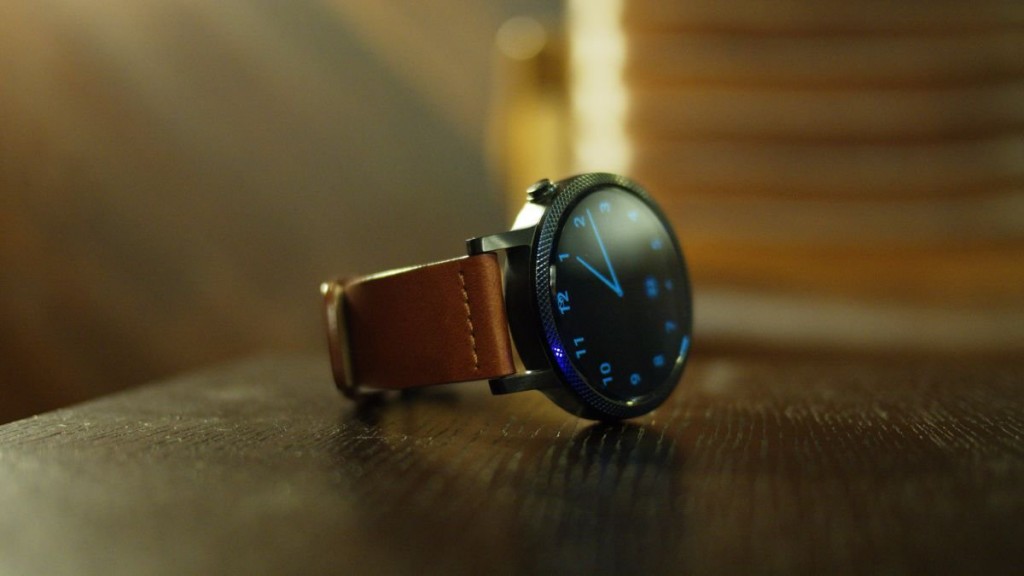
If you like elements of the Moto 360 Sport but think there’s a lot left to desire in the design, the Moto 360 2015 may be the watch you should buy. This is one of the best looking smartwatches on the market and loses the plastic design of the Moto 360 Sport.
Performance wise it’s an impressive set up compared to some other smartwatches on the market. It’ll even work with your iPhone and comes with comfortable straps to switch to when your wrist doesn’t feel right.
Battery life still isn’t that impressive on the Moto 360 2015, but it’s still a worthwhile purchase at $299 (£229, AU$329).
Samsung Gear S2
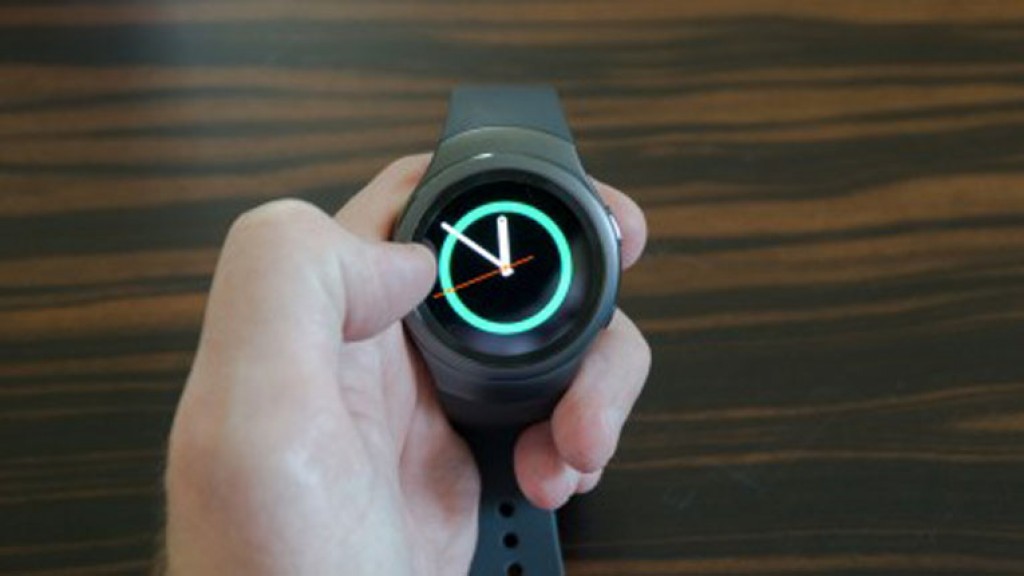
Not a fan of Android Wear? You may be better off grabbing the Samsung Gear S2. This smartwatch comes running Tizen software, which looks different to Android Wear and offers up an entirely different platform.
The Gear S2 is one of the best looking round smartwatches and it doesn’t offer the flat tyre look of the Moto 360 watches.
Running Tizen does mean you won’t get Android Wear apps, but apart from that this is a solid alternative to the Moto 360 Sport.
Sony Smartwatch 3
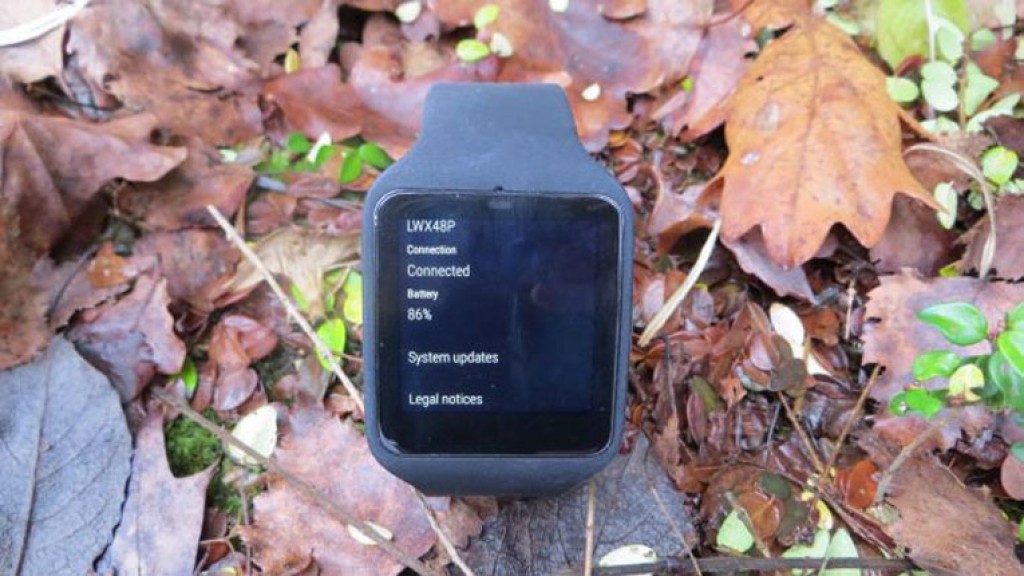
This smartwatch isn’t particularly new, but the Sony Smartwatch 3 was the first Android Wear watch to come with GPS tracking built-in. The Moto 360 Sport is better at doing that, but the Sony Smartwatch 3 is still a solid GPS tracker watch that may suit your needs.
It has a slick performance and a great screen, but it’s not as stylish as the Moto 360 Sport. It features a square design that you may like too.
The real highlight is that the Smartwatch 3 is now cheap compared to the Moto 360 Sport. Read through our review below and you’ll know whether you want a Smartwatch 3 or a Moto 360 Sport.
It’s refreshing to see an Android Wear watch that doesn’t feel exactly like every other Wear watch apart from the look.
However, as there are issues with it both as a smartwatch and a running watch, Motorola hasn’t yet cracked the complete package.
We liked
The Moto 360 Sport gives you more accurate run tracking than almost every other Android Wear watch; it’s a genuine running watch, even without a phone in tow.
Its screen is perfectly suited to outdoor use too, able to switch between a colourful LCD screen and a muted but clear-in-sunlight one. It’s a great solution that makes for a clear display 24/7.
We disliked
The Moto 360 Sport lacks the arm candy factor of the standard Moto 360, and some of its comfort too.
Much of this comes down to the strap, as the rubber isn’t high-grade, and it picks up bits of fluff and dust as if it’s making a nest out of the stuff.
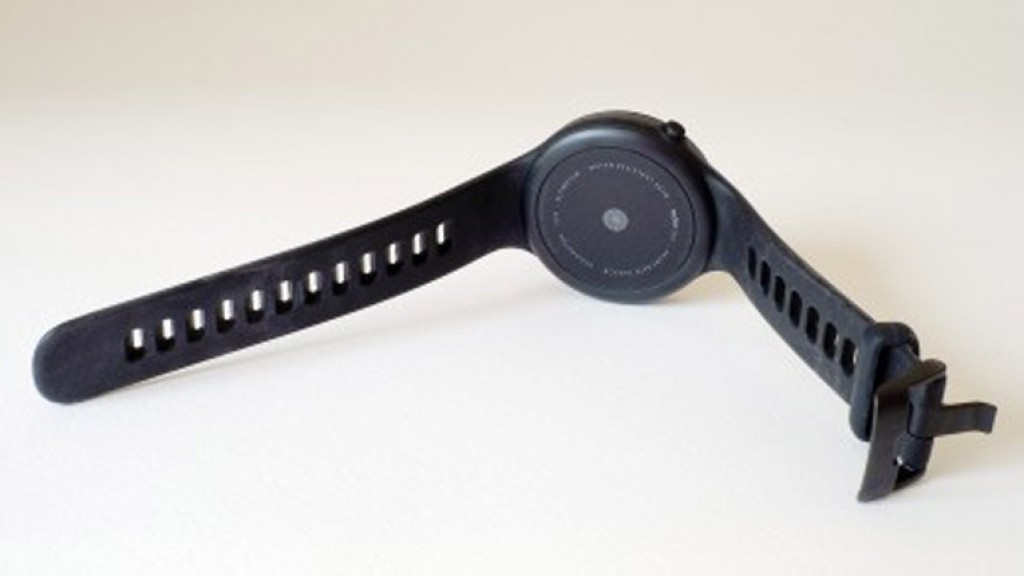
The other day-to-day disappointment is battery life, as while the screen sounds like it’ll be super-efficient, you’re still only going to get a day’s use out of a charge. Pure GPS stamina is also a lot worse than in cheaper running watches.
Verdict
The Moto 360 Sport is more than just another Android Wear watch. With its dynamic screen and GPS there’s an appeal here that other Android Wear watches just don’t have.
However, this seems like yet another smartwatch design that isn’t quite there yet in enough respects to recommend it to many buyers in the real world. Its somewhat rudimentary tracking and poor battery life put cheaper dedicated runner’s watches in a good light, while it also lacks the gadget-lust factor of non-GPS alternatives.
Great strengths and serious weaknesses make the Moto 360 Sport a somewhat awkward product, like quite a lot of other smartwatches.
Sourse: techradar.com






































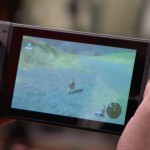



What app is that in the green “My Devices” screenshot? I have a 360 sport, and the Android Wear app on my phone doesn’t looks like that (with location, battery, dock mode).
You might want to update your Microsoft Band 2 section to clarify that the Band 2 does have GPS built in. For the record, it works very well.
One thing to note is the AndroidWear watches can connect to a standard bluetooth HRM strap for truly accurate HR measurements…then run Ghostracer and you don’t need to bring your phone with you on a run.
That’s something the Apple Watch and Samsung Gear S2 can’t do AFAIK.